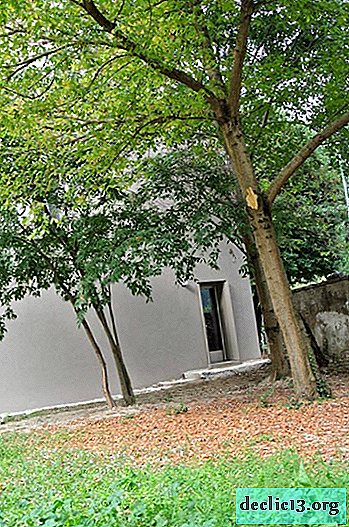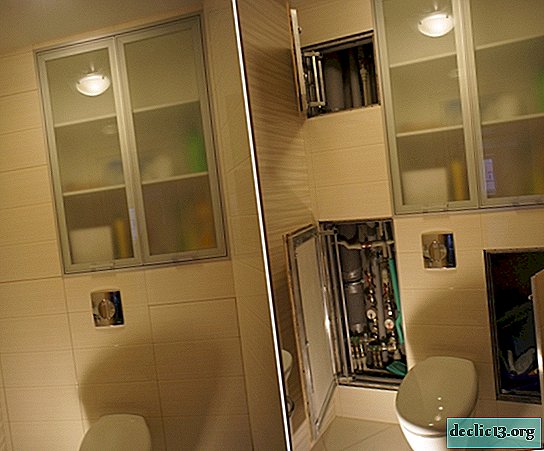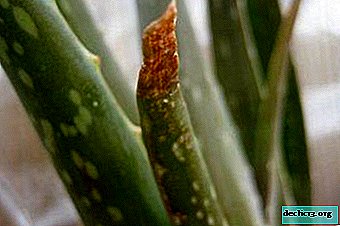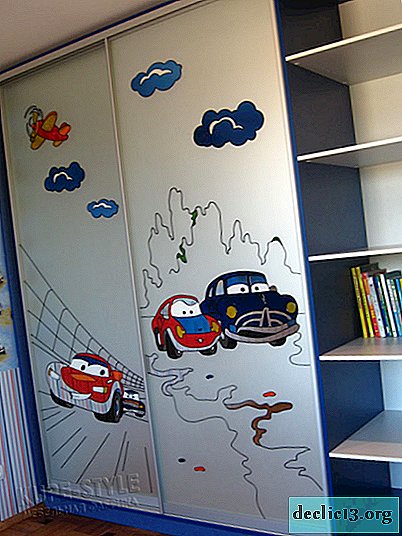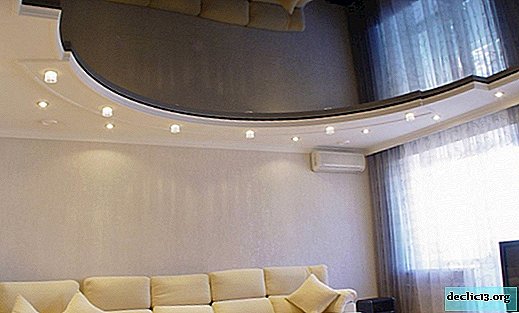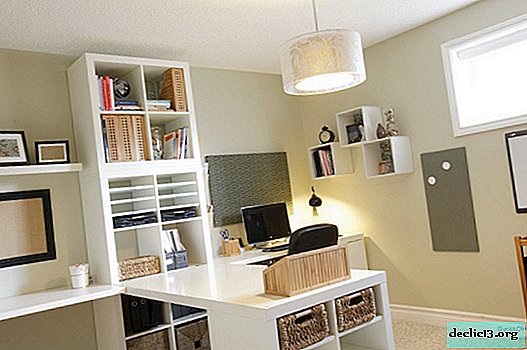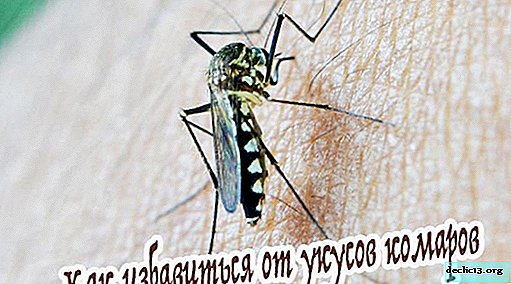Propagation of evergreen begonia and further care of the flower
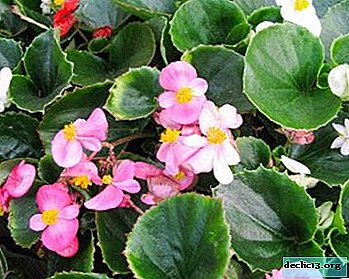
Begonia is believed to have an antibacterial effect. Present in the room, it cleans the air of viruses, germs, eliminates unpleasant odors. And the plant is credited with all sorts of magical properties, supposedly a flower can absorb negative energy, set people up in a positive way.
In any case, having this exotic beauty at home will not bring harm, and the mood will definitely improve, with only one glance at her. Read about the proper care of this beautiful flower in the article below. Also watch useful video.
What it is?
A bushy plant grows in height from 15 to 30 cm. Depending on this size, begonias are distinguished: undersized, medium-tall, tall. The stems are erect, dense, fleshy. Asymmetric foliage, large, with a glossy sheen. The color of the leaves varies depending on the variety: light green, dark green, burgundy, brown, brown, with patterns, stripes, and without them.
Decorative-flowering begonia is a complex hybrid, so the shades of inflorescences are quite diverse. Common colors: white, red, orange, pink, red. The flowers are double, simple, with a terry border.
ATTENTION: In total, more than 600 species of evergreen begonia are known.How to propagate?
Beginning amateur gardeners are afraid to plant a blooming beauty on their own, so they get a ready-made flower in stores. In fact, in reproduction of a plant there is nothing difficult. How is begonia propagated? Blooming begonia is bred in the main ways: vegetative or seed.
Cuttings
Propagation by cuttings is easy and simple. Even an inexperienced grower can cope with this. The main advantages of the vegetative method:
 a large percentage of survival of begonia seedlings;
a large percentage of survival of begonia seedlings;- achieving good results in a short time;
- uncomplicated to use;
- preservation of the initial qualities of the mother plant;
- the onset of flowering immediately after planting in open ground (depending on the variety).
The cuttings method involves several stages. Consider them in more detail below:
- Preparing planting material. It is recommended to carry out the process of cuttings in early spring. In summer, the air temperature is high, which causes some discomfort to the plant. How to propagate by cuttings? As cuttings, sections of the stem 10-12 cm long are used, they must necessarily have at least 3 buds.
The operation is carried out exclusively with a sharp knife, diagonally. Unnecessary and dry leaves are removed, leaving 2-3 on top. Slices are dipped in water and treated with root stimulants.
- Rooting. As biological products, it is recommended to use "Kornevin", "Zircon". They are released in powder and liquid form. Cuttings are dipped in the “Kornevin” dry mixture and mixed in a moist substrate (wet sand, sawdust, peat) for 2-3 cm. The container is covered with a jar, film or glass to create a greenhouse effect.TIP: Every day, the pot with the handle should be aired, observed, and watered if necessary. When 5-7 leaves appear on the sprout - this is a signal that the young plant should be transplanted into the ground.
There is a second option - for the root formation process, the stalk is placed in water. It is recommended to choose containers made of transparent material, not large. This is done so that the shoot not only grows, but also gains strength. Water should be soft, liquid biostimulants are added to it, and cuttings are placed. The capacity is put in a bright place with a temperature of + 20 ° C. After two weeks, the roots hatch.
- Landing. No need to wait until the big roots grow, it is better to transplant the sprout into fertile, loose soil faster. And put it in a greenhouse, or cover it with a plastic bag for several days. For transplantation, specially prepared soil for begonias with a neutral pH is chosen. At the bottom of the pot, drainage is laid. About planting and transplanting, as well as subsequent care for ever-flowering plant species, we wrote in this article.
To lower the plant carefully, the roots are very fragile so as not to break. Then begonia should be poured with settled warm water.
Watch the video about the cuttings of evergreen begonia:
Sowing seedlings
 Hybrid seeds are purchased in garden stores. You can buy, plant, grow plants. But to preserve and propagate, perhaps only by the vegetative method.
Hybrid seeds are purchased in garden stores. You can buy, plant, grow plants. But to preserve and propagate, perhaps only by the vegetative method.
The way to grow an ever-flowering begonia from seeds looks completely different. Begin planting seeds in mid-winter. As a container, seedling boxes or glass jars are chosen. The soil is selected non-acidic, with a mandatory drainage layer. A day before planting seeds, the earth needs to be watered. Seeds are evenly planted in the ground, covered with glass or other translucent material.
Seedling boxes are placed in a room with a temperature of + 22-24 ° C and additional lighting. Such parameters are necessary for germinating seedlings. For further growth and strengthening, the temperature is required + 17-20 ° C. The time of emergence of seedlings varies from 10 to 21 days.
For rapid growth, seedlings can be poured with a concentrated solution of "Kornevin." Humidify begonia crops from a spray bottle, avoiding overmoistening. After 30-45 days, seedlings should be dived, transplanted into separate cups. It is also important to feed the young shoots with mineral fertilizers.
Watch a video about growing evergreen seed begonia:
Problems in the process of growing seedlings
- Begonia seeds do not peck for a long time. Perhaps the reason for this is dry soil, or low room temperature. Measures should be taken: water the soil, and increase the temperature in the room.
- Seedlings stretch, becoming long and thin. Plants clearly lack sunlight. If possible, it is worth moving containers with seedlings closer to the light source.
- Young leaves turn yellow. This is due to excess moisture. Moisturize stop for a while. Allow the soil to dry. Watering reduce and carefully monitor so that rotten processes do not develop.
- The cut of the cut in the water began to rot. It is important that the handle does not reach the bottom of the container, otherwise the rotting process may develop. It is necessary to remove the handle from the water, cut off the affected part, then put in a container with fresh water.
- Slow growth. Maybe the young plant lacks nutrients in the soil, so you should feed it with fertilizers.
- New shoots and buds die. Possibly dry air indoors. It is necessary to increase air exchange in the room, to increase humidity.
Further flower care
To begonia felt comfortable and consistent with the name, it is necessary to adhere to the fundamental rules:
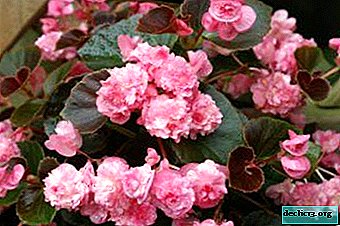 The optimum temperature regime in summer should be at + 22-24 ° C, in winter at least + 18 ° C. However, you should not put radiators for warming, this will lead to the development of fungal diseases or a lack of moisture to the plant.
The optimum temperature regime in summer should be at + 22-24 ° C, in winter at least + 18 ° C. However, you should not put radiators for warming, this will lead to the development of fungal diseases or a lack of moisture to the plant.- Maintain humidity between 50-70%.
- Begonia needs sunlight, however, not scorching. It is better for a flower to choose well-lit window sills in the house. Otherwise, a lack of lighting can adversely affect its appearance and flowering. In winter, an additional light source is needed.
- Humidification is moderate, about 2 times a week. In the heat of watering to carry out daily. From the overflow can save the drainage layer.
- Be sure to feed the flower with complex mineral fertilizers. Especially during the flowering period, choose preparations with a high content of potassium and phosphorus. Twice a year, you can feed organic fertilizers. The winter season is no exception.
- If necessary, pick up dried flowers, loosen the soil, spray, remove dust from the leaves, inspect the plant for pests.
All the details about caring for evergreen begonia can be found in a separate article.
Based on the foregoing, we can conclude that the reproduction process is not as complicated as it seems at first glance. There is also nothing difficult in creating optimal conditions for a flowering plant. And having got such a beauty, your house will be transformed and will become an evergreen and ever-blooming greenhouse.

 a large percentage of survival of begonia seedlings;
a large percentage of survival of begonia seedlings; The optimum temperature regime in summer should be at + 22-24 ° C, in winter at least + 18 ° C. However, you should not put radiators for warming, this will lead to the development of fungal diseases or a lack of moisture to the plant.
The optimum temperature regime in summer should be at + 22-24 ° C, in winter at least + 18 ° C. However, you should not put radiators for warming, this will lead to the development of fungal diseases or a lack of moisture to the plant.
